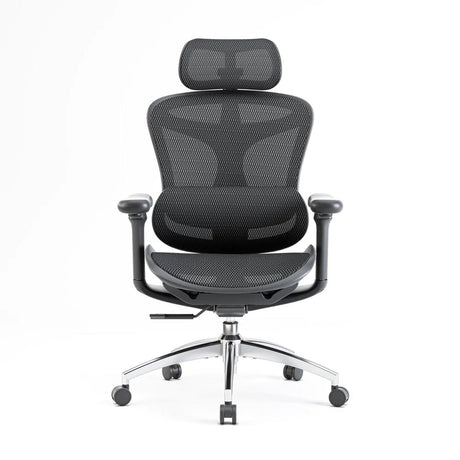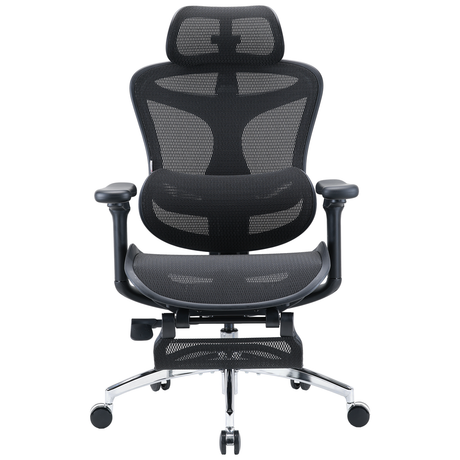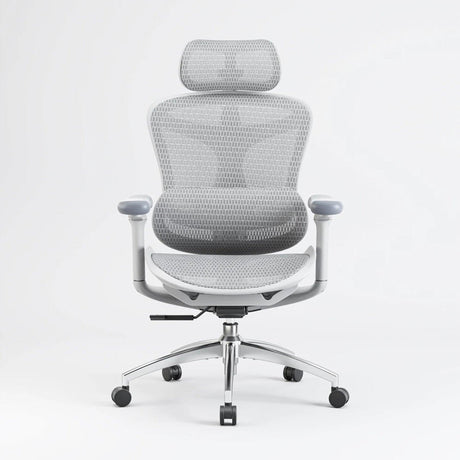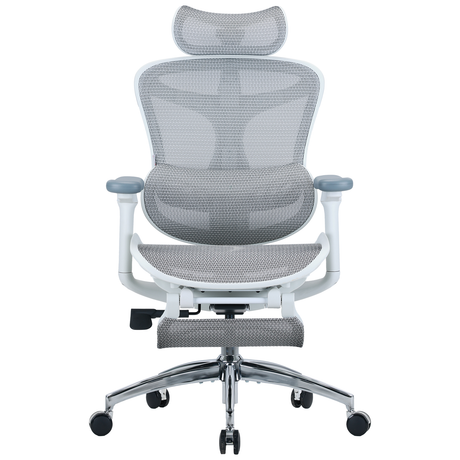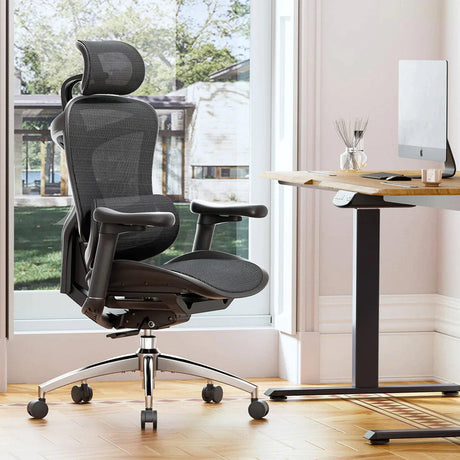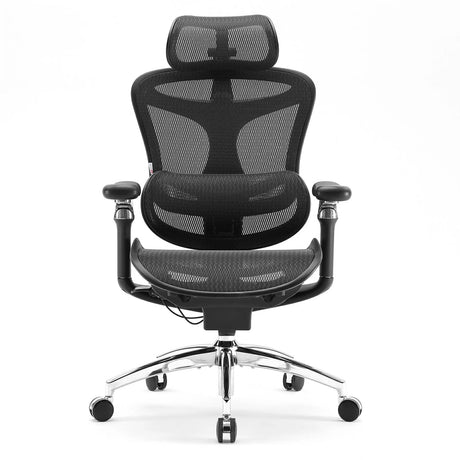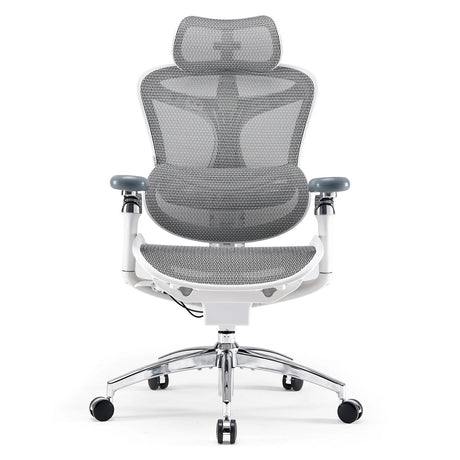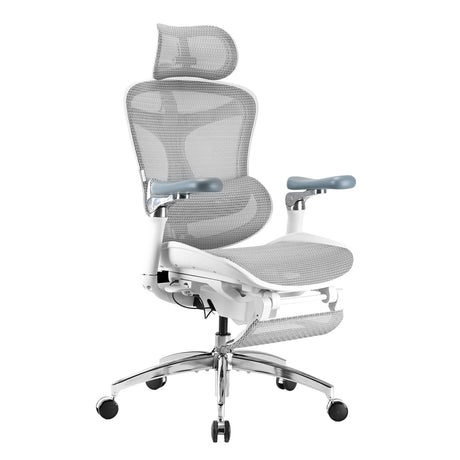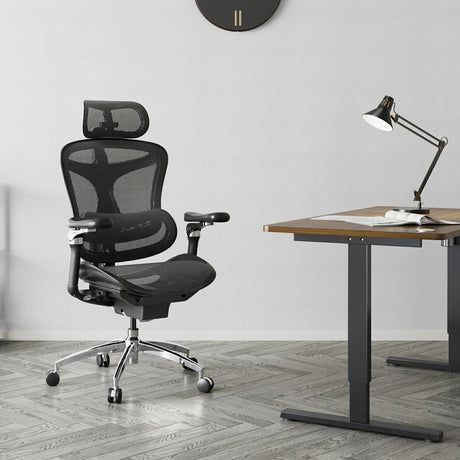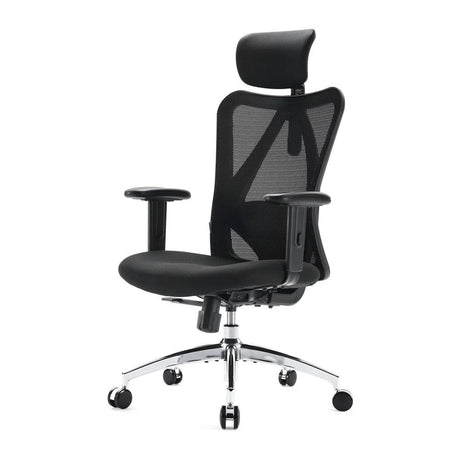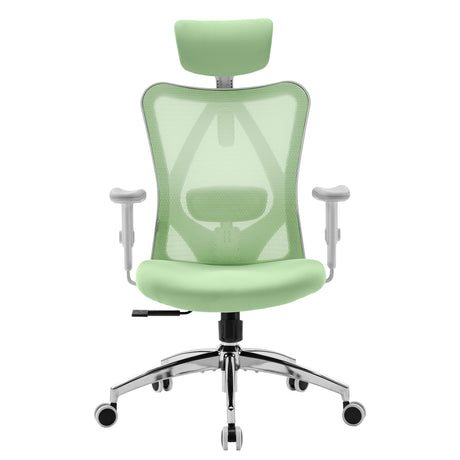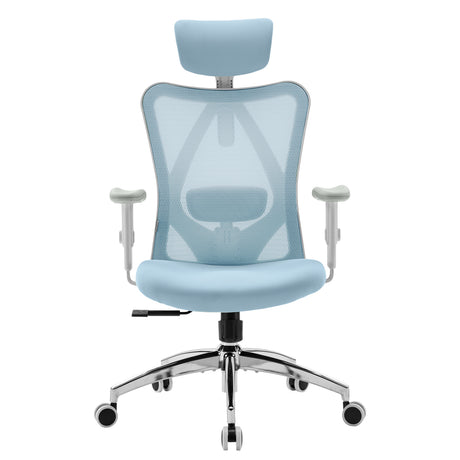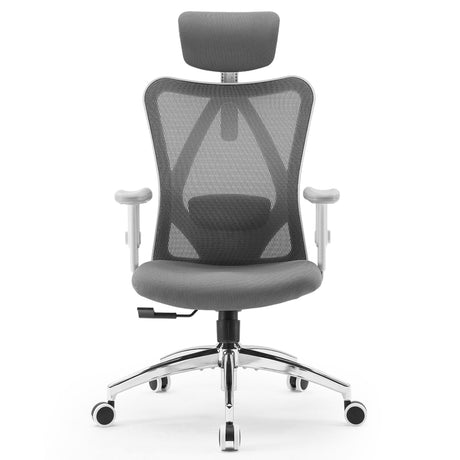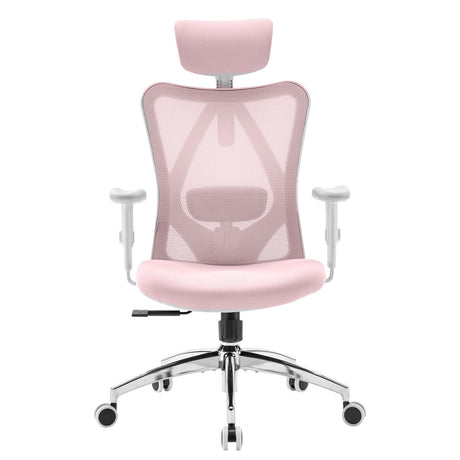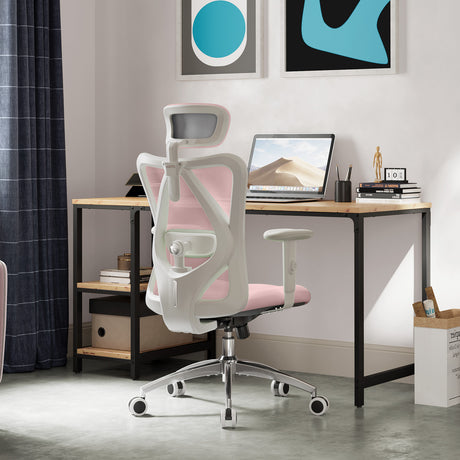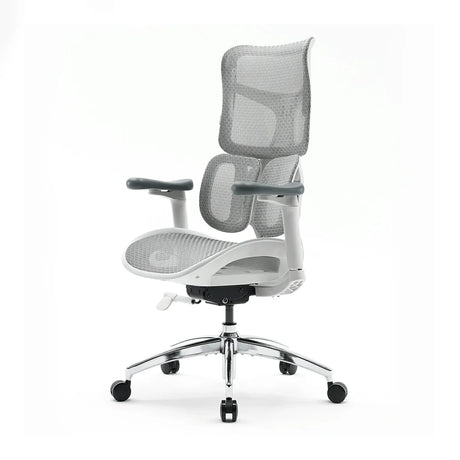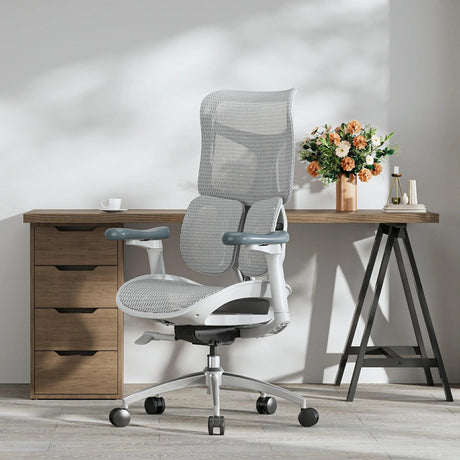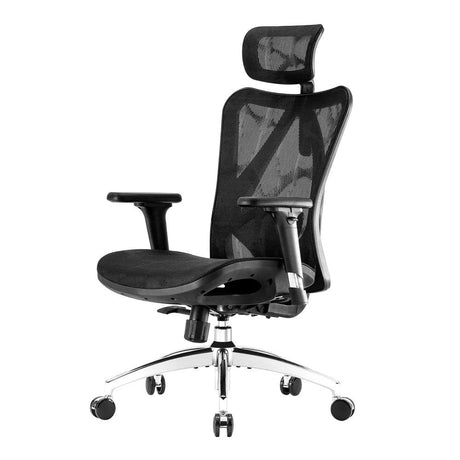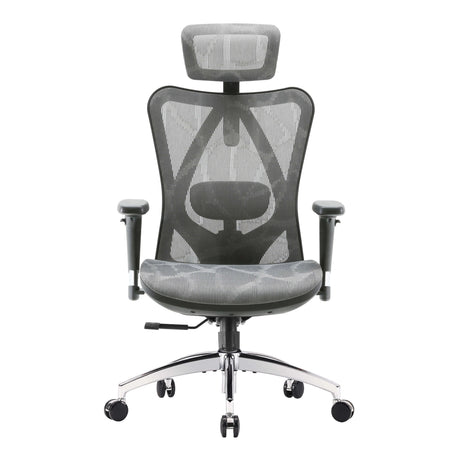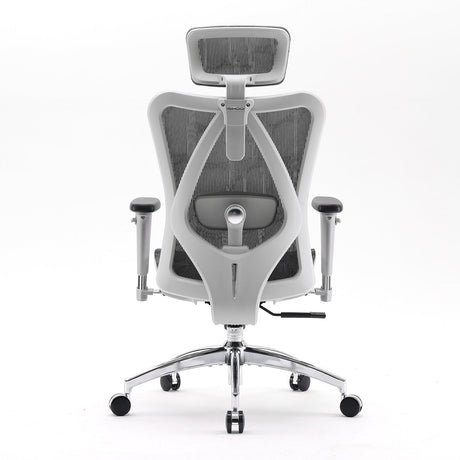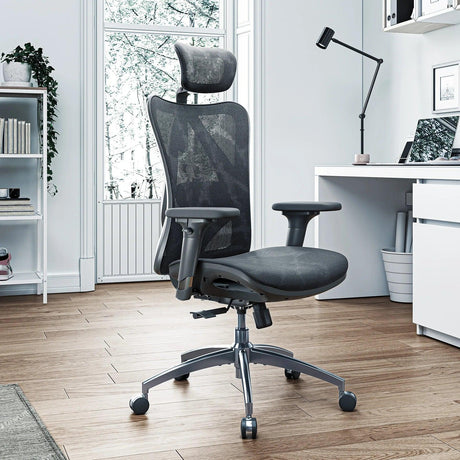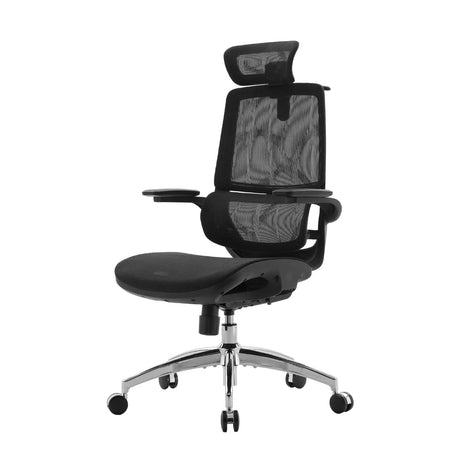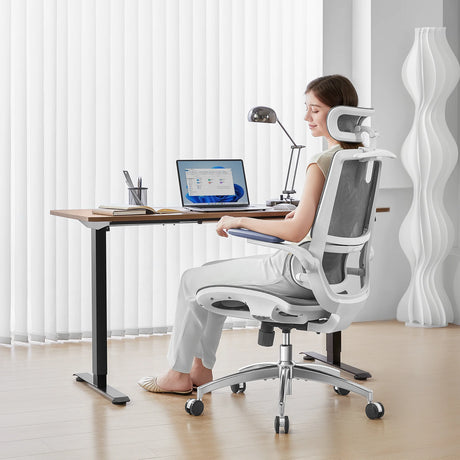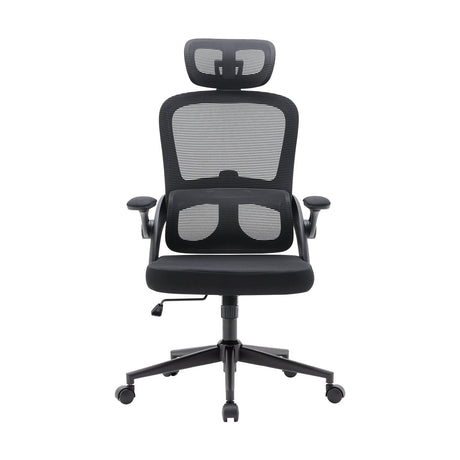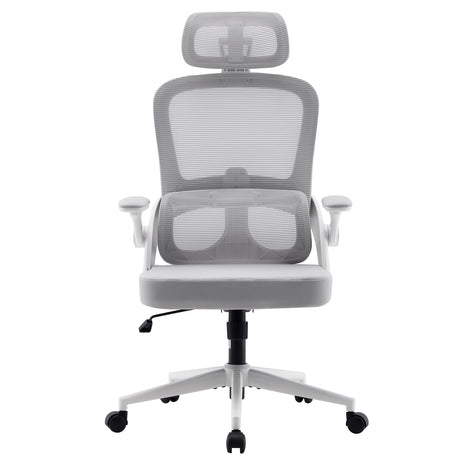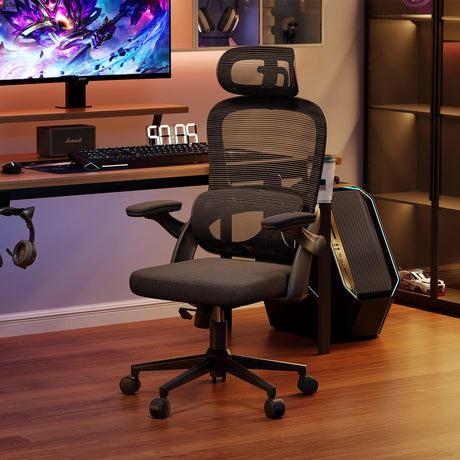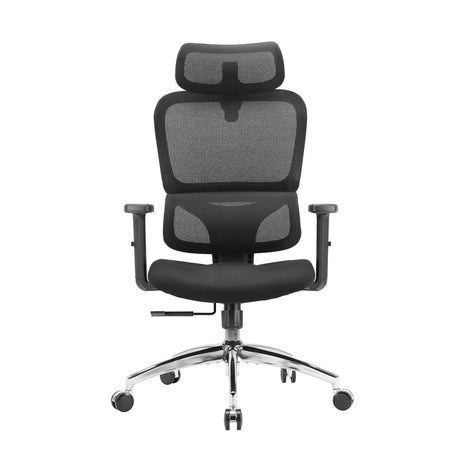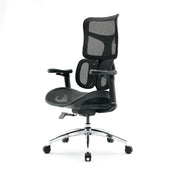The rapid pace of modern life means ergonomics is crucial, extending well beyond the usual suspects like office chairs and standing desks. It's the silent force behind your comfort, performance, and safety in nearly every interaction—from the layout of your workstation and the easy feel of your smartphone, to how precisely a surgeon can manipulate an instrument. Essentially, ergonomics shapes every environment where humans meet systems or machines.
But what exactly is ergonomics—and what are its different types?
To fully appreciate the scope of this field, we need to look beyond posture correction and furniture design. Ergonomics is a broad scientific discipline that integrates psychology, physiology, engineering, and design to create systems that align with human capabilities and limitations.
Experts generally categorize ergonomics into four major types:
- Physical ergonomics
- Cognitive ergonomics
- Organizational ergonomics
- Environmental ergonomics
Each of these areas addresses a different dimension of the human experience, but together they form the foundation for designing systems that enhance both efficiency and well-being.
Let’s explore each type in detail and understand how they shape the way we live and work.
1. Physical Ergonomics: The Science of Body and Movement
Physical ergonomics is perhaps the most recognized branch of ergonomics—it’s what most people think of when they hear the term. This field focuses on the physical interaction between humans and their environment, emphasizing posture, movement, biomechanics, and musculoskeletal health.
The Core Focus of Physical Ergonomics
Physical ergonomics investigates how the human body performs tasks and how work systems can be designed to reduce strain, fatigue, and injury risk. The goal is to align equipment, tools, and workflows with natural human capabilities.
Key areas of focus include:
- Posture and positioning: Ensuring that workstations, chairs, and tools support neutral body alignment.
- Repetitive motion and load handling: Minimizing repetitive strain and overexertion through proper task design.
- Workplace layout: Optimizing the placement of tools and materials to reduce unnecessary reaching or twisting.
- Anthropometrics: Designing for diverse body sizes and shapes.
- Musculoskeletal health: Preventing disorders such as lower back pain, carpal tunnel syndrome, and neck strain.
Practical Examples of Physical Ergonomics
- Office Ergonomics: Adjustable chairs with lumbar support, sit-stand desks, and monitor arms that promote neutral posture.
- Manufacturing Ergonomics: Lifting aids, conveyor belt height optimization, and anti-fatigue floor mats.
- Healthcare Ergonomics: Adjustable surgical tables or patient-handling devices that reduce physical exertion.
- Technology Design: Ergonomic keyboards, mice, and smartphones designed to minimize wrist and hand strain.
The Benefits of Physical Ergonomics
- Reduced risk of injury – Proper ergonomic design minimizes physical strain and repetitive stress injuries.
- Improved productivity – Comfortable workers are more focused and efficient.
- Enhanced job satisfaction – A physically supportive environment leads to better morale.
- Long-term well-being – Proper ergonomics reduces the risk of chronic musculoskeletal disorders.
Physical ergonomics, while foundational, is only one dimension of a larger picture. The human mind and behavior are equally critical—enter cognitive ergonomics.
2. Cognitive Ergonomics: The Human Mind at Work
Cognitive ergonomics deals with the mental processes involved in human interaction with systems and technology. It’s about how people perceive, process, and respond to information in their environment.
Understanding Cognitive Ergonomics
This type of ergonomics examines areas such as:
- Attention and focus
- Memory and decision-making
- Perception and situational awareness
- Mental workload
- Human-computer interaction (HCI)
The primary objective of cognitive ergonomics is to reduce mental strain and improve usability. It ensures that systems are designed to support how humans think—not the other way around.
Applications of Cognitive Ergonomics
- User Interface (UI) and User Experience (UX) Design: Creating intuitive digital interfaces that require minimal cognitive effort.
- Aviation: Designing cockpits that help pilots maintain situational awareness under stress.
- Healthcare: Simplifying medical device interfaces to reduce errors during critical procedures.
- Software Design: Streamlining workflows so users can complete tasks efficiently.
- Education: Structuring learning environments that optimize focus and memory retention.
Common Challenges Addressed by Cognitive Ergonomics
- Information overload – Ensuring users are not overwhelmed by data or visual clutter.
- Human error – Designing systems that prevent or mitigate user mistakes.
- Distraction and fatigue – Creating tools that help users maintain concentration.
- Decision complexity – Simplifying processes that involve multiple choices or variables.
Benefits of Cognitive Ergonomics
- Improved accuracy and performance
- Fewer human errors in complex systems
- Better user satisfaction and trust in technology
- Higher engagement and reduced mental fatigue
In a digital-first world, cognitive ergonomics has become crucial. From AI interfaces to self-driving cars, understanding human cognition ensures that technology enhances human performance rather than confuses or overwhelms it.
3. Organizational Ergonomics: Designing Systems for Teams and Culture
If physical ergonomics focuses on the body and cognitive ergonomics on the mind, organizational ergonomics focuses on the system—the interaction between people, processes, and organizational structures.
What Is Organizational Ergonomics?
Organizational ergonomics aims to optimize social and technical systems to improve communication, collaboration, and workflow efficiency. It focuses on how people work together within organizations and how workplace design supports collective performance.
Key elements include:
- Team dynamics and communication
- Work design and job rotation
- Leadership and decision-making structures
- Remote and hybrid work ergonomics
- Workload distribution and scheduling
- Organizational culture and feedback mechanisms
Practical Examples of Organizational Ergonomics
- Implementing flexible work schedules to balance productivity and well-being.
- Designing open communication channels that reduce hierarchical barriers.
- Creating digital collaboration platforms that support teamwork without overload.
- Structuring roles to prevent burnout and task redundancy.
- Fostering a culture that values safety, inclusion, and continuous improvement.
How Organizational Ergonomics Improves Workplaces
- Increased collaboration and communication – Clear workflows and supportive culture enhance teamwork.
- Higher productivity – Well-designed systems prevent bottlenecks and confusion.
- Better employee well-being – Balanced workloads and supportive leadership improve morale.
- Greater adaptability – Organizations can respond more efficiently to change.
The Future of Organizational Ergonomics
With the rise of remote work, AI-assisted systems, and hybrid collaboration, organizational ergonomics is evolving rapidly. The focus is shifting from traditional workplace hierarchies to fluid, adaptive systems that blend human and digital efficiency.
In essence, this field seeks to answer one core question:
“How can we design organizations that support both human potential and systemic performance?”
4. Environmental Ergonomics: Designing for Comfort and Well-being
The final type of ergonomics—environmental ergonomics—deals with how the physical environment affects human performance, comfort, and safety. It bridges the gap between physiology, design, and environmental science.
The Focus of Environmental Ergonomics
Environmental ergonomics examines the external conditions that influence human functioning, including:
- Lighting
- Temperature and humidity
- Noise and vibration
- Air quality and ventilation
- Workspace layout and aesthetics
The goal is to create an environment that supports human comfort and efficiency without causing fatigue or distraction.
Practical Examples
- Office Design: Adjustable lighting that reduces glare and eye strain.
- Industrial Settings: Climate-controlled areas that prevent heat stress.
- Transportation: Cabin designs that manage vibration and temperature for operator endurance.
- Architecture: Sustainable building materials and ventilation systems that promote health.
- Home Offices: Quiet, well-lit spaces that enhance concentration.
Benefits of Environmental Ergonomics
- Enhanced comfort and well-being – A comfortable environment supports both physical and mental health.
- Increased focus – Optimal lighting and noise control improve concentration.
- Reduced fatigue and errors – Stable environmental conditions help sustain performance.
- Sustainability – Eco-conscious designs improve long-term environmental and human outcomes.
The Interconnected Nature of Environmental Ergonomics
Environmental ergonomics doesn’t stand alone—it interacts with the other three.
For example:
- A well-designed ergonomic chair (physical) in a noisy office (environmental) may still lead to discomfort.
- A high-performing team (organizational) may struggle in poor lighting (environmental).
Thus, the environment forms the foundation on which other ergonomic principles thrive.
The Interrelationship Between the Four Types of Ergonomics
Although categorized separately, the four types of ergonomics are deeply interconnected.
|
Ergonomics Type |
Core Focus |
Primary Benefit |
Real-World Example |
|
Physical |
Body movement and posture |
Prevents musculoskeletal injuries |
Adjustable office chair |
|
Cognitive |
Mental workload and decision-making |
Reduces mental fatigue and errors |
Intuitive user interface |
|
Organizational |
Team and workflow design |
Improves collaboration and morale |
Remote work policy |
|
Environmental |
Physical surroundings |
Enhances comfort and safety |
Noise-controlled workspace |
Together, they form a holistic approach to human-centered design.
For example, an ergonomic office would integrate all four types:
- A physically supportive chair and desk,
- A clear and intuitive workflow system,
- Balanced team communication,
- Optimal lighting and temperature conditions.
This comprehensive approach ensures that ergonomics is not merely about comfort—but about performance, sustainability, and health.
Why Understanding All Four Types Matters
Many organizations focus only on physical ergonomics—buying ergonomic chairs or adjusting desk height—but overlook cognitive, organizational, and environmental factors. This narrow view can lead to partial improvements at best.
Understanding and implementing all four types allows organizations to:
- Create safer, more efficient workplaces.
- Enhance employee engagement and satisfaction.
- Reduce absenteeism and injury-related costs.
- Foster innovation by aligning systems with human potential.
The future of work, especially in hybrid and AI-driven environments, depends on multidimensional ergonomics—an integration of body, mind, system, and environment.
FAQs About the Four Types of Ergonomics
1. What is the main purpose of ergonomics?
The main goal of ergonomics is to design systems, tools, and environments that fit human needs and capabilities. It seeks to improve comfort, safety, and productivity while minimizing the risk of injury or fatigue.
2. Are all types of ergonomics equally important?
Yes. While physical ergonomics is often the most visible, the other three—cognitive, organizational, and environmental—are just as critical. Together, they form a balanced, human-centered system.
3. What industries benefit most from ergonomic design?
Virtually every industry benefits from ergonomics, including office work, healthcare, manufacturing, transportation, construction, and information technology.
4. How does cognitive ergonomics apply to daily life?
Every time you use a smartphone app, drive a car, or navigate a website, cognitive ergonomics plays a role in ensuring the system aligns with your mental processes and decision-making.
5. Can ergonomics improve mental health?
Yes. Proper ergonomic design—especially when addressing cognitive and environmental factors—can reduce stress, mental fatigue, and burnout, contributing to better overall mental well-being.
6. What are some common ergonomic mistakes?
- Poor chair or desk setup
- Ignoring monitor height and lighting
- Overlooking noise levels and temperature
- Overloading workers mentally or physically
- Neglecting feedback and collaboration systems
7. How can I make my workspace more ergonomic?
Start with physical comfort—adjust your chair, desk, and monitor height. Then consider environmental elements (lighting, air quality) and workflow systems (task distribution, digital tools) for full ergonomic balance.
Conclusion: Ergonomics as a Foundation for Human-Centered Design
Ergonomics is far more than adjusting a chair or buying a standing desk—it’s a science of harmony between humans and their environments. The four types—physical, cognitive, organizational, and environmental ergonomics—each address a unique dimension of that harmony.
By integrating all four, we can create systems that don’t just prevent discomfort but actively enhance performance, creativity, and health.
Whether you’re designing an office, managing a team, building software, or planning industrial workflows, ergonomics ensures one thing remains at the center of every decision:
the human being.


